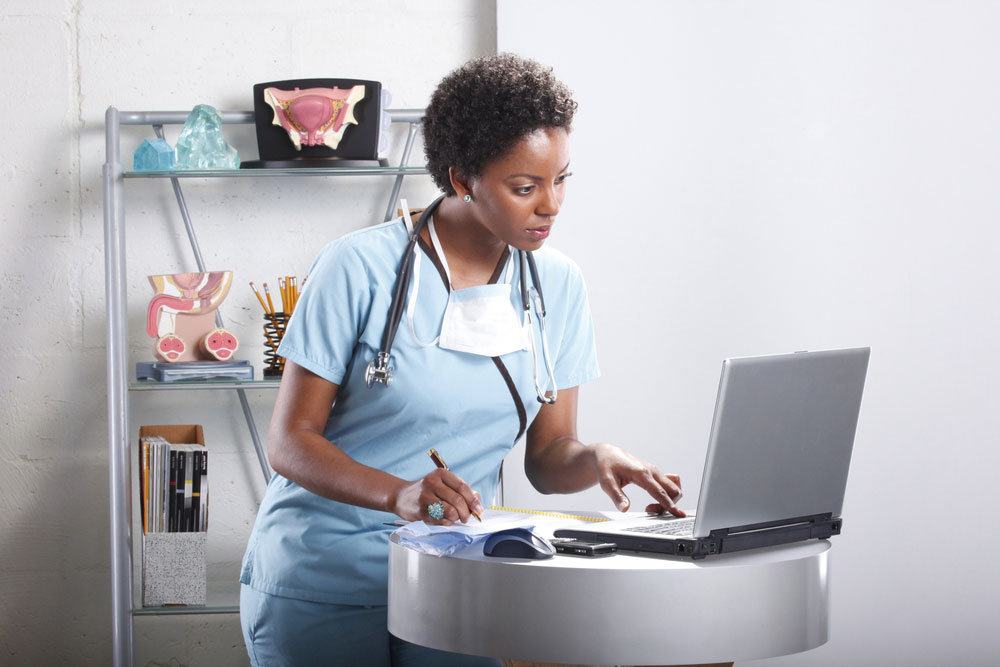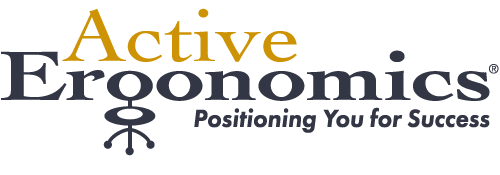
01 Oct What’s Your Line?
Everyone who is old enough remembers the television show called “What’s My Line?” It was a great show where celebrities guessed what the occupation was of a person by asking them multiple questions. If they could not guess then the person won prizes. It was fun to see how many occupations of people there were out in the world. Often times when I do ergo work and sit in front of someone and ask them what their title is, I get to be the one who hears all about what they do, and what their line is.
It’s always a good ergo day when I get to help someone who has something they do that is so special and I am blessed to be able to help them do it better. Education on where our bodies need to normally be with less force, less awkwardness. This education might give someone life after they leave work once they understand their ergonomic needs. One special day I was fortunate to do an assessment of a woman who was an Oncology Nurse. She was the Oncology Nurse that worked specifically with the patients that had had reconstructed breasts.
It was her job to work on the computer in the morning so she had all those postures to deal with and then in the afternoon some days she would work in the clinic injecting reconstructed breast implants with saline. It sounds sexy but in fact the task of pushing 60cc’s of saline through a syringe multiple times per patient and per day was beginning to wear on her palms, her wrists and her neck and shoulders. What a great line to have but how challenging. Did I mention that when she was not on the computer or injecting reconstructed breasts with saline that she was also the Nipple Tattoo Artist? That’s right. Now that’s a line.
Luckily my full time job is not to guess what people do for a living. Beyond the office set up of good ergonomics we focused on how this nurse did her job in comparison to her colleagues. She was having patients sit up on the exam table when she injected the saline but others were asking the patients to lie down allowing for less force of the upper body and torso to hold and use force to inject the implants at a higher than neutral position. Once the patients were lower she could stand with her upper extremities near or lower than neutral and then use her body to help with the force involved with pressing the large syringe with the palm of her hands. She could also use her body better to help with the amount of force that was required for each injection. She discovered she did not always have to use her palms. That day she was able to press her body against the syringe by using a large belt buckle. There were several ideas that she wanted to try once she knew she could do this task lower with less force.
Moving on to the nipple tattooing required she simply position the patient closer to her and at a height that would allow for neutral positioning of her upper extremities as well. We discussed different positions that might be possible if she sat and tattooed or if she stood and did this. The grip force that was required for her to do her magic. I remember thinking, wow, what a role this is to be in charge of something that only few could even relate to. Hopefully, now, with this new found knowledge of where her body needed to be, she could do the job with less force, she would be even better at it. It was a good ergo day..


